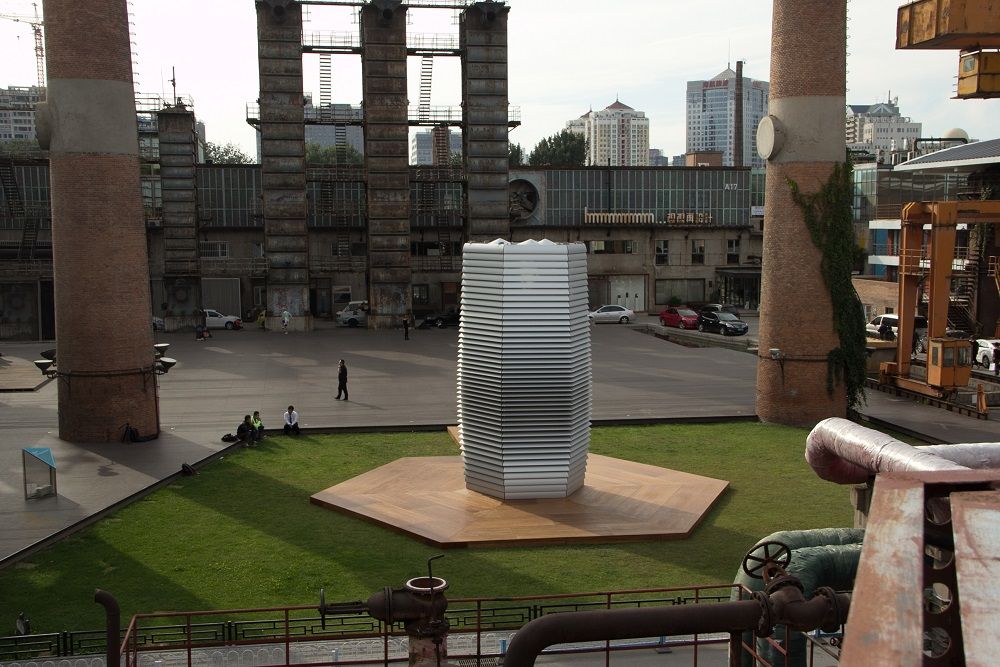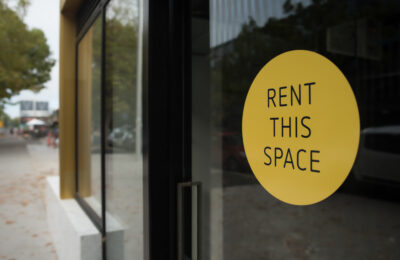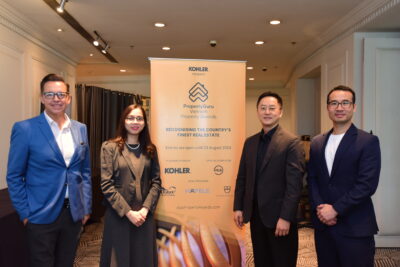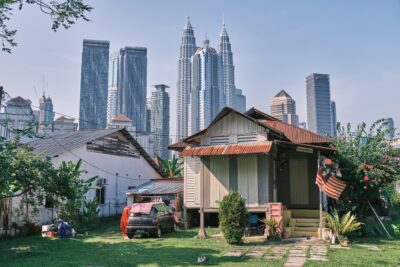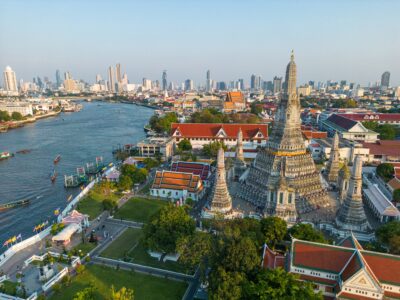Beijing smog is the poster child for urbanisation gone wrong: an acrid yellow fog invading its streets, shutting down schools, robbing days of light. But it doesn’t just look bad: China’s polluted air is so toxic, it kills 4,400 people a day, according to Berkeley Earth, a California-based climate science analyst. And though there have been a handful of inventive responses to the problem — see Chinese fashion designer Masha Ma’s Swarovski-studded pollution masks, as modelled at Paris Fashion Week — suffering in style isn’t quite the proactive solution an economic powerhouse like Beijing so desperately needs.
Enter Daan Roosegaarde’s “Smog-Free Project”. Along with his design lab, Studio Roosegaarde, the self-styled visionary is rolling out a series of “urban innovations” in the Chinese capital to tackle its poisonous atmosphere on various, localised scales.In the photograph: the “smog-free tower”. Intended for placement in the city’s parks, the tower sucks in pollution particles by sending out positive ions; these particles are then grounded to a negatively charged surface, and clean air is expelled back outside through vents. Critics have been quick, though, to laser in on its limitations: that it runs on electricity; that the air it expels is only 75 percent cleaner; and that the tower can only create a bubble of smog-free air around it.
“Of course one small tower won’t solve the problem of a whole city,” Roosegaarde says now. “But showing that you can make a place 75 percent cleaner — it’s like a rock in a river that creates ripples. If it can be done locally, then what can be done to make a whole city smog-free?”
More: This Chinese city is relaxing tax rules on home sales
His studio is also proposing a “smog-free bicycle” that sucks in polluted air as it’s pedalled, cleans it, and then blows out better air for the cyclist to breathe as they continue to ride. Roosegaarde is working with Ofo, the Beijing-based, dock-free bicycle sharing company, to distribute these smog-free wheels all over town. “Five years ago, when I would cycle, my Chinese friends would say, ‘Are you poor? Can you not pay for a taxi?’,” the Dutchman laughs. “Now, within the last year, these Ofo bikes are everywhere. A change in values can happen fast — and that’s incredibly hopeful. Look at China taking the lead in sustainable investment now. Once, that would have been unimaginable,” he points out.
OF COURSE ONE SMALL TOWER WON’T SOLVE THE PROBLEM OF A WHOLE CITY. BUT SHOWING THAT YOU CAN MAKE A PLACE 75 PERCENT CLEANER — IT’S LIKE A ROCK IN A RIVER THAT CREATES RIPPLES. IF IT CAN BE DONE LOCALLY, THEN WHAT CAN BE DONE TO MAKE A WHOLE CITY SMOG-FREE
Certainly, the Chinese government is starting to take the predicament seriously. The country’s noxious air is broadly the fault of large-scale coal burning in industrial zones; ergo, what Roosegaarde says is true: China is now rolling out the world’s biggest investment in wind and solar. It’s also introducing new car emissions standards and closing coal-fired power plants.
But when it comes to so vast a problem, every little helps. Which is why Roosegaarde is still tinkering. The latest iteration of his smog-free tower has evolved to run on solar power, and he insists the tech is scalable, to the size of a building. Perhaps someday, it will be intended for more than a park. “But I’m not saying I have all the answers,” Roosegaarde says. “These are small-scale solutions to step by step improve the world today. They’re prototypes of the city of tomorrow.”
This article originally appeared as one in a four-part series in Issue No. 149 of PropertyGuru Property Report Magazine
